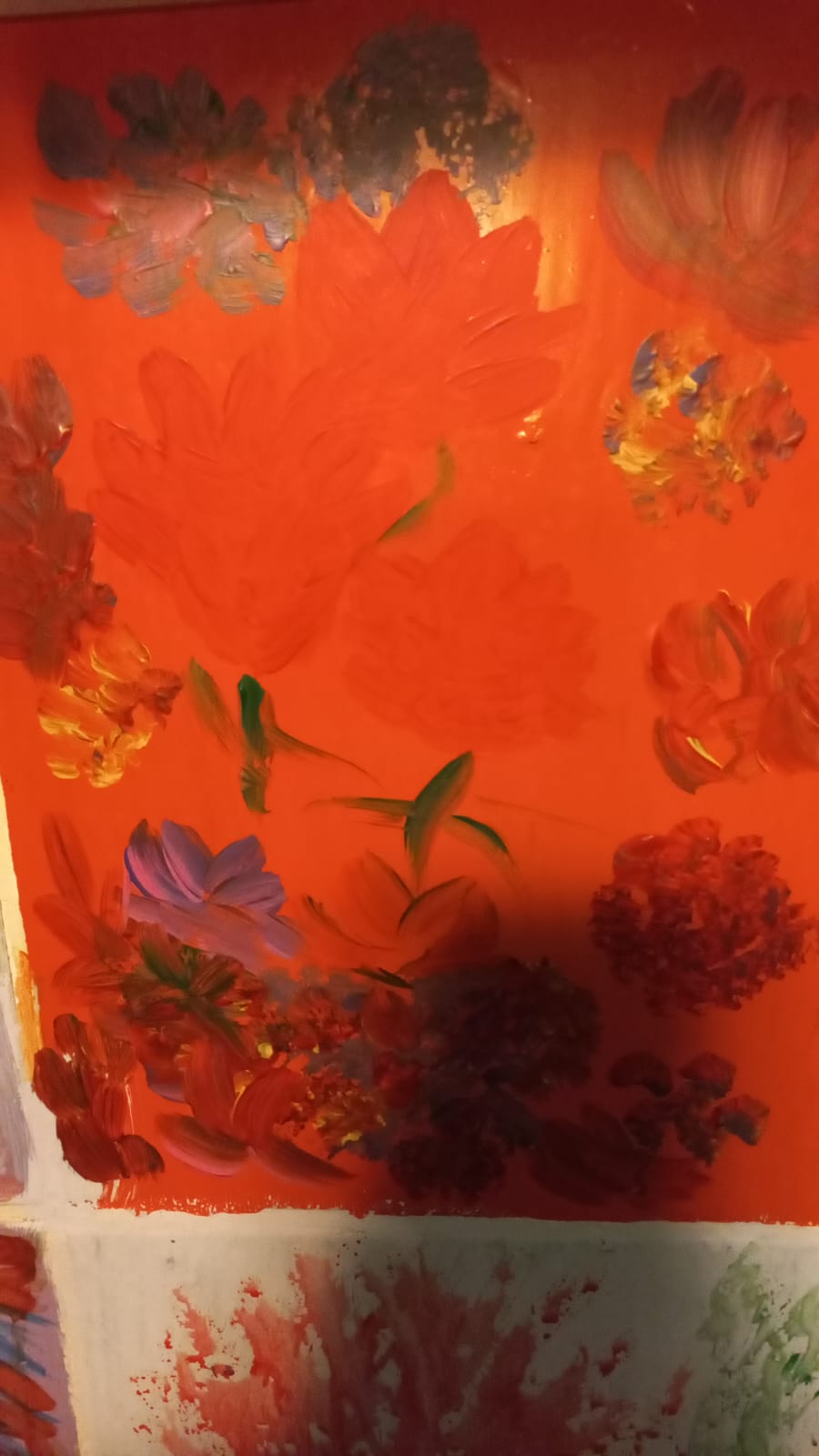The Tulip
Loved and admired, Fanfan la Tulipe was an adventurer during the time of the reign of King Louis XV in 18th Century France. Films were made about him and women adored him.
He had a saying which sounds like a code that a few could decipher:”En Avant/,
Fanfan la Tulipe,/Oui, mill’ noms d’un’ pipe/,En avant!”
The secret was revealed and it seems that it’s from an 18c military song about a soldier and that the literal translation is ‘Forward, Fanfan, yes a thousand names of a pipe, forward!’ the third line “Nom dune pipe” is a euphemism for “Nom de Dieu”
Like many other goodies and beautiful things, the tulip ‘comes’ from Persia, where it was first appreciated and cultivated.
In Romanian, we keep the original name: “label”, as in Persian “lale” (laleh). Other nations, far from the Balkans, call it ‘tulip’ from the word “turban” – “tulpan”. In Romanian, we still use the word ‘Tulipan’ for a certain headcover for women.
The tulip was adopted as a symbol by the dynasty established by Osman (the one who started the war against Byzantium and the expansion of the ottomans). In old Romanian, the Turkish invaders were called “Osmanli”.
The tulip became a sacred symbol not only because the shape resembles the palms held together in prayer, but also because of the spelling, which was like the word Allah.
Together with the carnation (aristocratic flower), the tulip is the official flower of the Ottoman Empire and it was designed with care and grace, calligraphically almost, in wonderful ceramic patterns.
During the 16th century, Hungary and Transylvania were conquered by the Ottomans, while the west of Hungary went under Austrian rule.
Surprisingly, the ethnic Hungarian and Germans living in Transylvania, pick the flower of their Muslim enemy to be a symbol of their own resistance; a symbol of national spirit; expression of their desire to be free from Hapsburgic domination. “The tulip is now the flower of those who were persecuted by the catholic regime (protestants, unitarians) – but not orthodox!”
Beautiful tulips were used everywhere: on leather coats, ceramic products, and textiles.
Therefore, it’s Transylvania the first place where the tulip, in an abstract form, was woven onto oriental carpets; the oldest examples date from the 17-18 centuries, found in protestant churches.
The Ottomans liked the idea, of course, and brought it back home, to Turkey, where this exact model became typical for the famous Bergama carpets, with their specific central medallions.
They can be admired in the Bergamo Textile Museum.
In the meantime, orthodox Romanians are immune to tulips and they continue to design their carpets according to the local flora and their ancient traditions.
